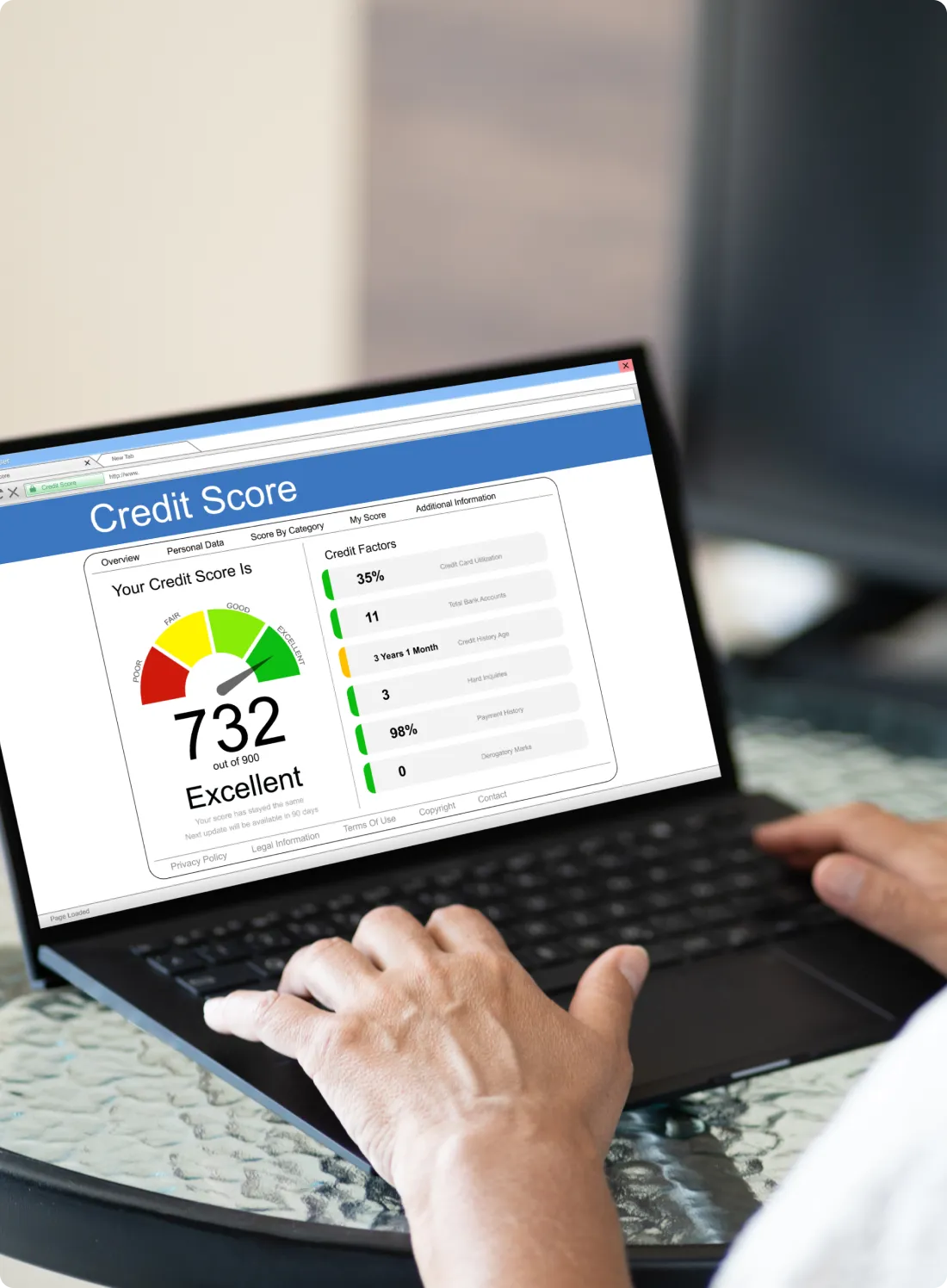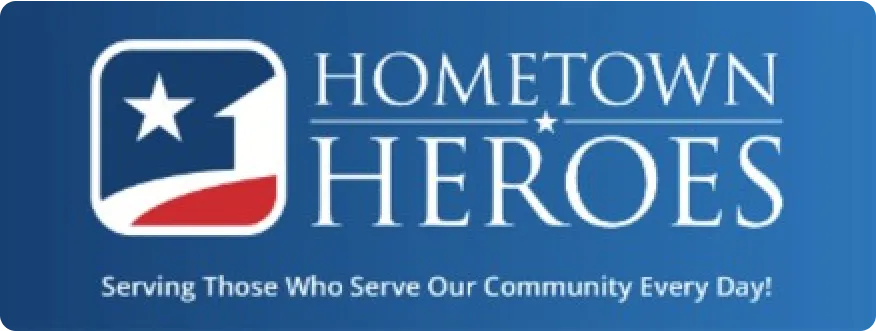YourWayLoan
First-Time Homebuyer Guide
YourWayLoan
First-Time Homebuyer Guide
Welcome to YourWayLoan!
Buying your first home is a huge milestone, and we’re here to make it as easy and stress-free as possible. This guide will break down everything you need to know, from getting pre-approved to saving for a down payment and understanding loan options. Let’s get started!

STEP 1:
Start with Pre-Approval
Before you start house-hunting, get pre-approved. There’s no cost for this and it’ll save you a lot of stress later on. This shows sellers you’re serious and gives you a clear idea of what you can afford.
How to Get Pre-Approved:
Know your budget.
Stand out to sellers.
Speed up the buying process.
How to Get Pre-Approved:
1.
Gather your documents: Pay stubs, tax returns, bank statements, and ID.
2.
Check your credit score (more on that below).
3.
Apply here.
STEP 2:
Understanding Your Credit
Score and Credit Reports
Your credit score plays a big role in determining your loan options and interest rate. A higher score can save you thousands over the life of your loan.
What Is a Credit Score?
It’s a number (300-850) that tells lenders how reliable you are at paying back money. It’s based on:
Payment history (Are your bills paid on time?)
Credit usage (How much of your credit limit are you using?)
Length of credit history (How long have you had credit?)
How to Check Your Credit Report:
Visit AnnualCreditReport.com to get a free report.
Review for errors (like incorrect accounts or late payments).
Dispute any mistakes with the credit bureau.
How to Check Your Credit Report:
Pay bills on time (set reminders if needed).
Keep credit card balances below 30% of your limit.
Don’t open too many new accounts at once.
If you’re struggling, ask about our credit education program for personalized help.
If you’re worried about your credit, don’t sweat it. Our Encompass Lending Consumer Credit Education Program can help you rebuild your credit and get on track for homeownership.
STEP 3:
Saving for a Down Payment
Saving for a down payment can feel overwhelming, but there are ways to make it manageable:
How Much Do You Need?
Most loans require 3%-20% of the home price.
Some programs, like USDA and VA loans, require no down payment.
Saving Strategies:
Set up automatic savings from your paycheck.
Cut back on extras (like subscriptions or eating out) and put that money toward your goal.
Use gift funds from family (some loans allow this); ask your loan officer how to best structure a gift.
Look into employer assistance programs.
Minimize Costs with Seller Concessions:
Ask the seller to cover some or all of your closing costs during negotiations. This can save you thousands upfront!
STEP 4:
Loan Programs for First-Time Buyers
There are lots of loan options out there. Here are the basics:
STEP 5:
Explore Local Grants
Some states and local governments offer grants for first-time homebuyers. These can help cover your down payment or closing costs.
STEP 6:
Hometown Heroes Programs
If you’re a military member, police officer, teacher, or medical professional, you may qualify for special programs that help with closing costs or down payments. These programs are a way to say thank you for your service and support.
STEP 7:
Private Mortgage Insurance (PMI):
Mortgage insurance protects the lender if you stop making payments. Here’s how it works:
Private Mortgage Insurance (PMI):
Required for conventional loans with less than 20% down.
Can be canceled once you reach 20% equity.
FHA Mortgage Insurance:
Required for all FHA loans.
Includes an upfront premium and annual premiums.
Can’t be canceled unless you refinance to a conventional loan.









